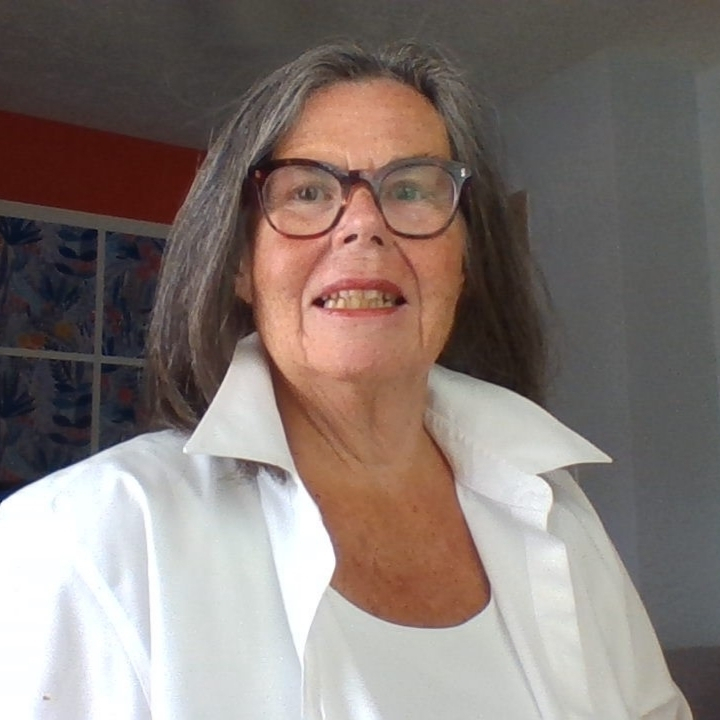I want to focus on a topic many of my clients encounter at some point: navigating physical limitations. Whether these limitations are temporary or more permanent, they don’t have to hold you back from feeling strong, vibrant, and alive.
Let’s redefine what fitness means for your unique abilities, shifting from frustration or fear to empowerment and joy.
Understanding Limitations Without Judgment
First, let’s acknowledge an important truth: Limitations are part of being human. They’re not a reflection of age, weakness or failure, rather, it’s an opportunity to approach wellness with creativity and adaptability.
You might have a knee that protests during long walks, a shoulder that stiffens after years of wear and tear, or a condition that requires special care. It’s okay. These realities don’t diminish your ability to move forward—they simply guide how you get there.
Instead of focusing on what you can’t do, let’s explore all the incredible things you can do.
Designing Fitness Plans That Work for You
Fitness isn’t one-size-fits-all. It’s personal, adaptable, and should honor your body exactly as it is today. Realistic fitness routines start where you are and evolve with you, helping you feel strong, capable, and energized.
Here are some approaches to consider:
1. Gentle Strength Training
Strength training isn’t about lifting heavy weights or intense workouts. It’s about building the muscle strength that supports your joints, improves balance, and enhances everyday movements. Resistance bands, light dumbbells, or even bodyweight exercises like wall push-ups or chair squats can be transformative.
2. Low-Impact Cardio
Cardio is important for heart health, but it doesn’t have to mean running or high-impact activities. Try low-impact options like swimming, cycling, or walking. Even seated cardio exercises, like chair marching, can elevate your heart rate and boost energy.
3. Stretching and Mobility Work
Incorporate stretches and mobility exercises that improve flexibility and range of motion. These can help reduce stiffness and make daily movements feel easier. Yoga or Pilates classes tailored to beginners or those with limitations can be a wonderful addition.
4. Balance and Core Exercises
Activities that strengthen your core and improve balance are key for preventing falls and enhancing stability. Simple exercises like standing on one leg, gentle Pilates, or tai chi can make a big difference.
5. Functional Fitness
Focus on exercises that mimic everyday movements, such as standing up from a chair (squats) or carrying groceries (lifting lighter weights). These movements help you maintain independence and confidence in daily life.
Making Fitness Fun, Even with Limitations
The mental shift toward enjoying fitness remains crucial, regardless of physical limitations. Remember, fitness doesn’t have to feel like a chore or a test of endurance. It can be fun, creative, and something you look forward to.
- Dance it Out: Chair dancing or low-impact dance routines can be joyful and energizing.
- Team Up: Find a workout buddy, attend group classes, or join a walking group for social connection.
- Gamify Your Routine: Use fitness apps, trackers, or games that turn movement into a rewarding challenge.
The goal is to approach fitness with curiosity and playfulness, rather than pressure or perfection.
Addressing Fears and Mental Barriers
If you’ve hesitated to start a fitness routine because of fear—fear of injury, judgment, or failure—you’re not alone. These emotions are common, but they don’t have to define your journey.
Here are some ways to shift your mindset:
- Embrace Progress, Not Perfection: Every step forward is a victory. Celebrate what you can do rather than dwell on what you can’t.
- Reframe Limitations: Instead of seeing them as obstacles, view limitations as an opportunity to get creative and find what works best for you.
- Focus on How You Feel: Pay attention to the energy and confidence you gain, rather than specific outcomes like weight or speed.
Moving Beyond Limitations
Progress on your wellness journey shows up in countless ways that have nothing to do with the scale or measuring tape. You might notice yourself feeling more confident as you reach for items on higher shelves, or volunteer to carry groceries when before you might have hesitated. The real magic of life is found in small things. For example, spending more time with grandchildren without getting tired, having better balance in the morning, or having more energy for gardening.
Beyond these physical wins, many women discover unexpected emotional and social benefits. There’s a special confidence that blooms when you realize you can do more than you thought possible. You might say “yes” to social invitations more often, feel more optimistic about trying new activities, or simply enjoy a deeper sense of independence in your daily life. Even sleep often improves, bringing more energy for the people and activities you love. These subtle yet meaningful changes—the easier mornings, the increased social connections, the greater sense of capability—these are the true measures of progress on your wellness journey.
Take the First Step
Remember, you don’t need to have it all figured out to begin. Start small, focus on what feels good, and build from there. Whether it’s a short stretch, a ten-minute walk, or a call to a personal trainer, every step forward brings you closer to a vibrant, empowered version of yourself. Your journey is unique, and that’s exactly as it should be.



